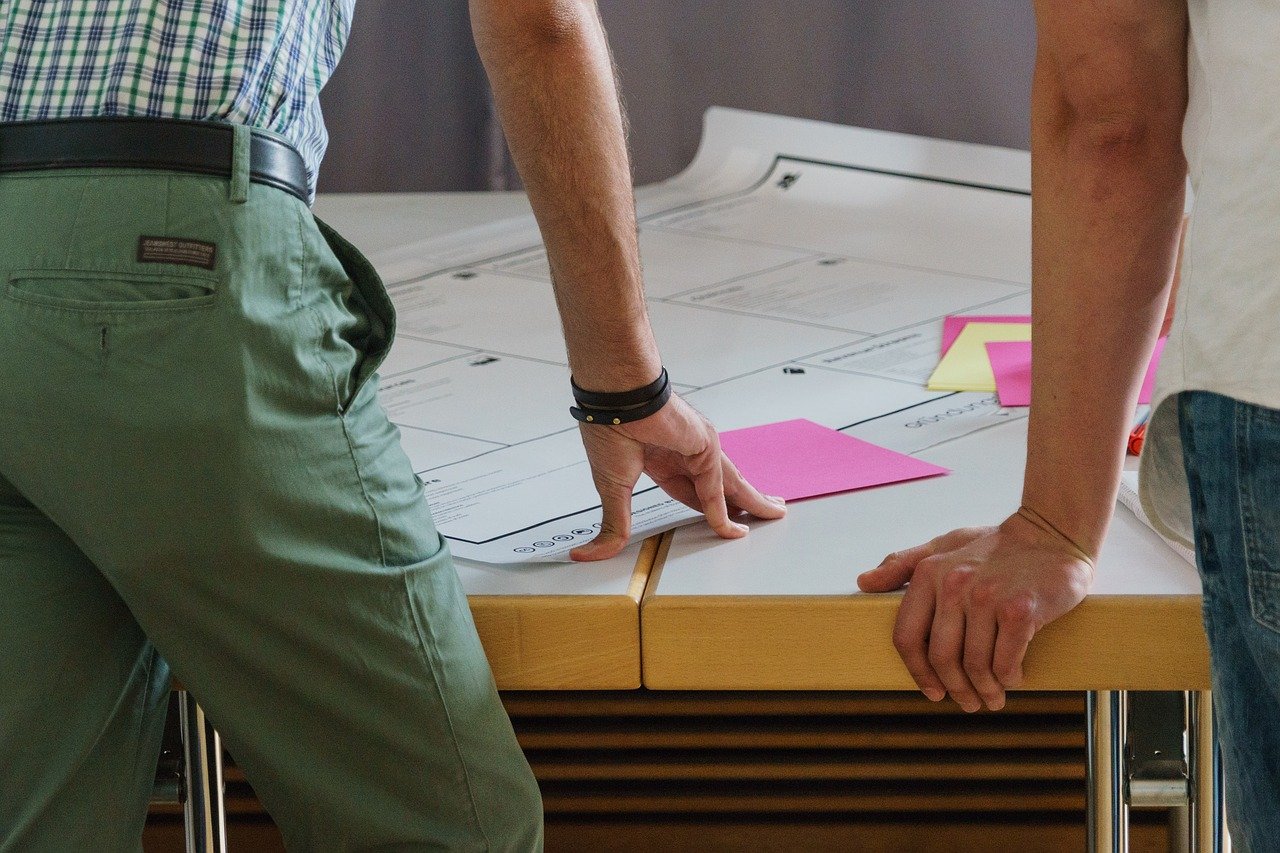What is design thinking? Simply put, design thinking is a process that aims to solve problems in the most user-centric way, meaning, having the user at heart from the beginning.
Design thinking is often credited with the incredible success of companies like Apple, Uber and AirBnb. Ironically however, design thinking is still quite often misunderstood. Let’s explore the core values of design thinking and see what makes it so important for your team, especially in the pandemic-world we face today with remote teams.
What is Design Thinking?
Design thinking incorporates 5 easy steps in its simplest form. These steps will help you familiarize yourself with the core values of what design thinking is and very soon you’ll be able to apply it anywhere! Here are the 5 main design thinking steps:
- Empathize: Design thinking starts with empathizing with the user. Rather than developing a technology or service and then pushing it to the user, design thinking requires you to see what problems and challenges the user is facing and then develop the technologies from there.
- Define: During this stage you gather all the information you can from the first stage and define your problem in the clearest form possible for yourself and your team.
- Ideate: This is the stage where you use your mind and creativity to come up with ideas to solve the problem.
- Prototype: Now that you’ve finalized your product or service, make a prototype! However, contrary to other prototype making procedures, design thinking encourages you to make inexpensive and quick prototypes, because you’ll be needing a few.
- Test: This stage is why the cost saving on your prototypes make sense. Testing makes you return to your initial user and ask them to use and comment on the prototype. Everytime they give feedback you refine your product accordingly, until finally, it’s perfect.
As seen, design thinking works in the same structure and contrary to popular belief, Design thinking isn't just for designers! Design thinking can be applied to anywhere from business to government policies all the way to, yes, even your personal relationships! As long as you have the basics figured out, which are to design and develop with someone’s well-being in mind.
Design Thinking and Teamwork
So how do design thinking and teamwork go together? team members can achieve a lot if they get off on the right foot, but at the same time it can be quite messy if they don't reach common ground, that's where design thinking and teamwork comes in. The collaborative mindset of design thinking brings together the team to work on the solution for the user rather than argue on their differences. This common ground unites everyone to work together.
Furthermore, traditional hierarchies in companies tend to create barriers when orders are being passed down. Design thinking encourages an open flow of ideas and a journey of helping the client - a journey that the entire team makes together. This creates trust, it makes everyone’s voices feel heard and everyone feels they’re working with each other and not for each other. Design thinking and teamwork make a powerful combination.
Design Thinking for Remote Teams
Design thinking for remote teams has also become crucial due to social distancing and the new norm. Team Members that are remote can find it difficult to stay focused or individual assigned tasks can often make people feel isolated. There is where design thinking for remote teams helps.
The 5 steps of design thinking and remote teams blend perfectly together since they encourage constant interaction, stages such as Ideate require a lot of back and forth ideation and communication. The steps of solving a problem together also keeps remote employees alert and engaged, saving them from the monotonous environment at home.
Summary
Whether it’s design thinking and teamwork or design thinking for remote teams. Design thinking brings people and encourages them to solve a problem together rather than arguing which focus group to work on. If you want to implement the simple stages of design thinking for your team, whether together or remote, check out Iconic Workspaces, their co-working space is the perfect place to start a design thinking journey among your team members and even make the remote ones feel involved, every step along the way.




